How Not to Be a Jerk to Animals When You Travel!
An explosive report revealed that more than half a million wild animals are enslaved worldwide in the tourism industry. From selfies with tigers to elephant rides, these activities may be hurting animals more than you know.
Here’s what to avoid if you want to make sure your compassion is packed neatly in your suitcase along with your favorite vegan leather flip-flops.
- Elephant rides
Elephants are intelligent, self-aware animals, and they don’t want to carry camera-toting tourists on their backs. A tourist was killed when the elephant he and his daughter were riding at an “elephant park” in Thailand snapped and trampled and gored the man to death. Witnesses reported that shortly before the attack, the mahout had hit the elephant several times with an ankus – an iron weapon with a sharp hook at one end. This elephant, like many before him, finally reached the breaking point. Just a week earlier, a mahout at the same facility was caught on tape hitting and taunting an elephant. Closer to home, elephants are forced to haul tourists at Amer Fort near Jaipur. A number of these animals have been found to be reactive in a test for tuberculosis, which is transmissible to humans. Other elephants used for rides there are visually impaired, and all were found in inspections to be suffering from various foot problems, including overgrown toenails and bruised footpads. Many also displayed stereotypical behaviour patterns, such as repetitive swaying and head-bobbing, indicating severe psychological distress.
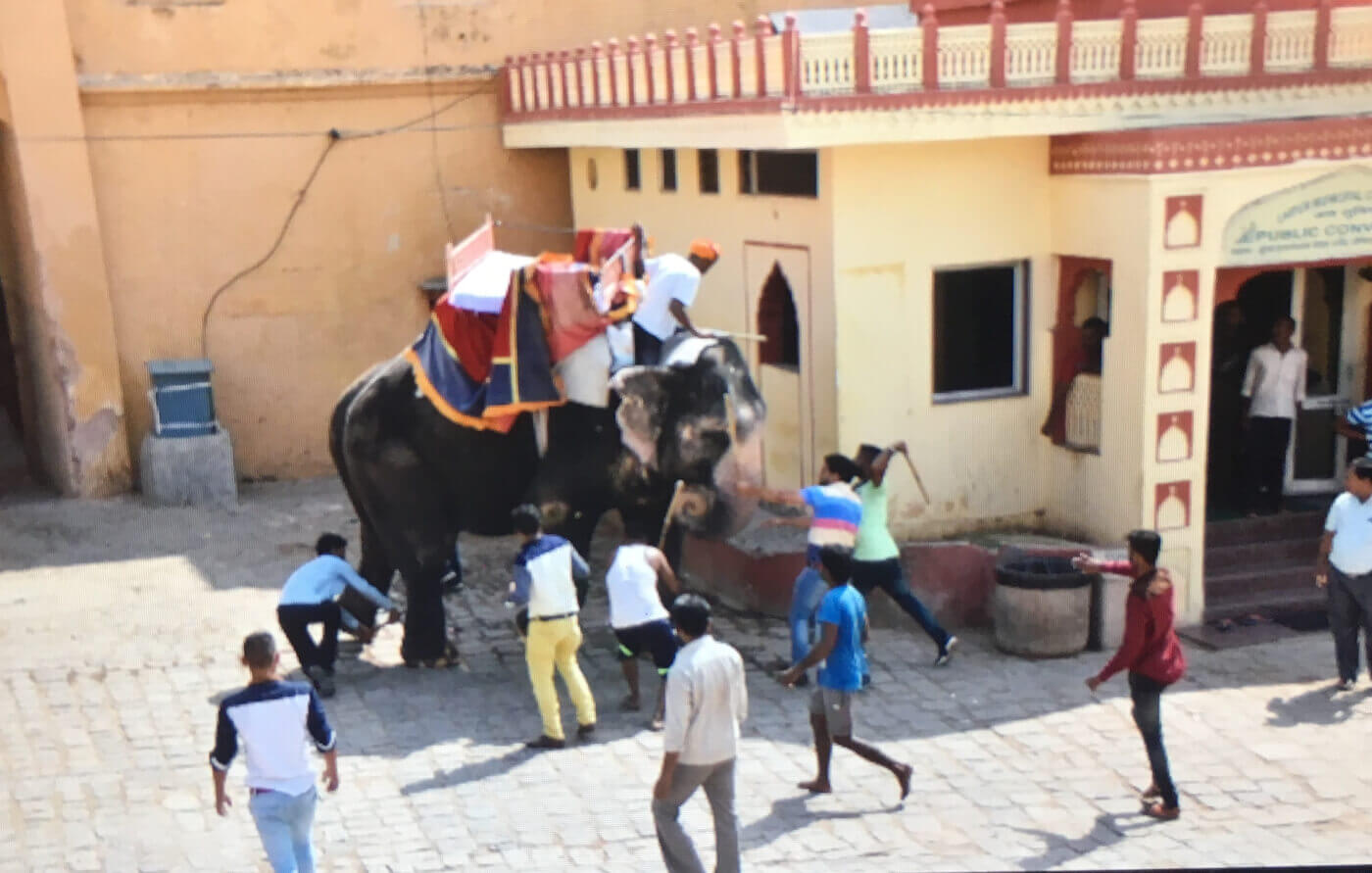
Closer to home, elephants are forced to haul tourists at Amer Fort near Jaipur. Numerous of these elephants have been found to be reactive in a test for tuberculosis that can be contagious to humans. Other elephants used for rides there are visually impaired, and all were found in inspections to be suffering from various foot problems, including overgrown toenails and bruised foot-pads. Many also displayed stereotypical behavior patterns, such as repetitive swaying and head-bobbing, indicating severe psychological distress.
2. Selfies with tigers
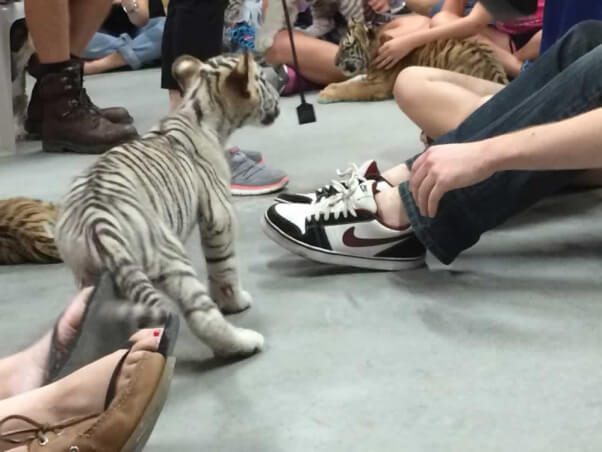
What might seem like a harmless photo to you might mean a lifetime of misery for a baby tiger or any other animal forced to pose for pictures at a zoo or other attraction. Baby tigers used as photo attractions are typically torn from their distraught mothers when they are just days old and then subjected to extreme stress and physical abuse. Once these tigers are no longer babies and are too dangerous to handle, they typically end up locked away in cages. Tiger selfies have nothing to do with conservation, despite the claims that tourist-trap operators may make to get you to participate. The animals offered up for selfies are bred for only one reason: to line the pockets of their abusers. A picture of you with a cute baby tiger might get you a few likes on Instagram, but these selfies come at a high cost to the animals. And remember: It’s not only tigers who suffer for photo ops. Avoid any place that allows people to interact with bears, monkeys, alligators, lions, or any other animal and that charges for a photo op with these animals.
3.Bullfights
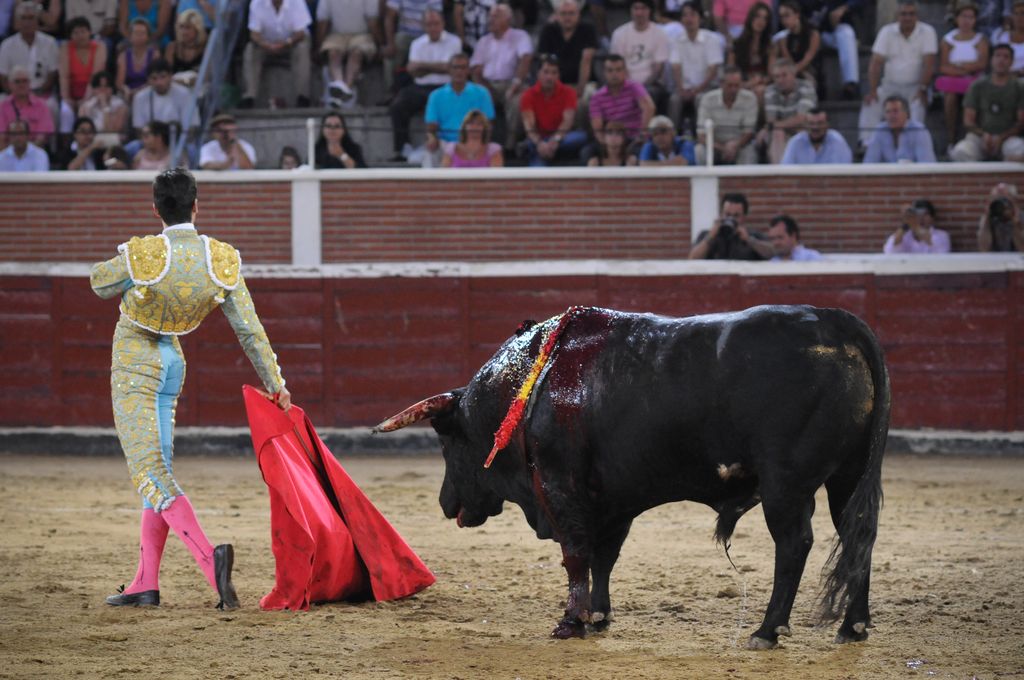
Courtesy: Jo-Anne McArthur / WeAnimals
In a typical bullfight, a bull is led into an arena, and men on horses, called picadors, drive lances into the bull’s back and neck muscles. The picadors then twist and turn the lances to ensure maximum blood loss, which impairs the bull’s ability to lift his head and defend himself. Next, men on foot stab the bull with brightly colored darts called banderillas and run him in circles. The matador comes in when the bull is already near death. After provoking a few exhausted charges from the dying animal, the matador attempts to kill the bull by severing his spinal cord. In a final barbaric act, the bull’s ears and tail may be cut off as “trophies.” Tourists who attend bullfights out of curiosity often flee in horror after only a few minutes, but by then, the damage has already been done because every ticket purchased keeps these sadistic spectacles alive. Horse, donkey and other animal rides
4. Horse, Donkey, Camel or any other rides
Riding horses, donkeys, mules, camels, or any other animals is cruel.
Animals are often dragged around and forced to bear the weight of humans, carriages, and tourists’ luggage. In Petra, Jordan, donkeys are made to scale and descend treacherous terrain and stairs. If they hesitate, they’re beaten. You may see signs at tourist destinations asserting high animal-welfare standards, but they’re false and exist to placate tourists. You can avoid putting money into the pockets of animal abusers by steering clear of these rides completely.
5. Civet cat coffee
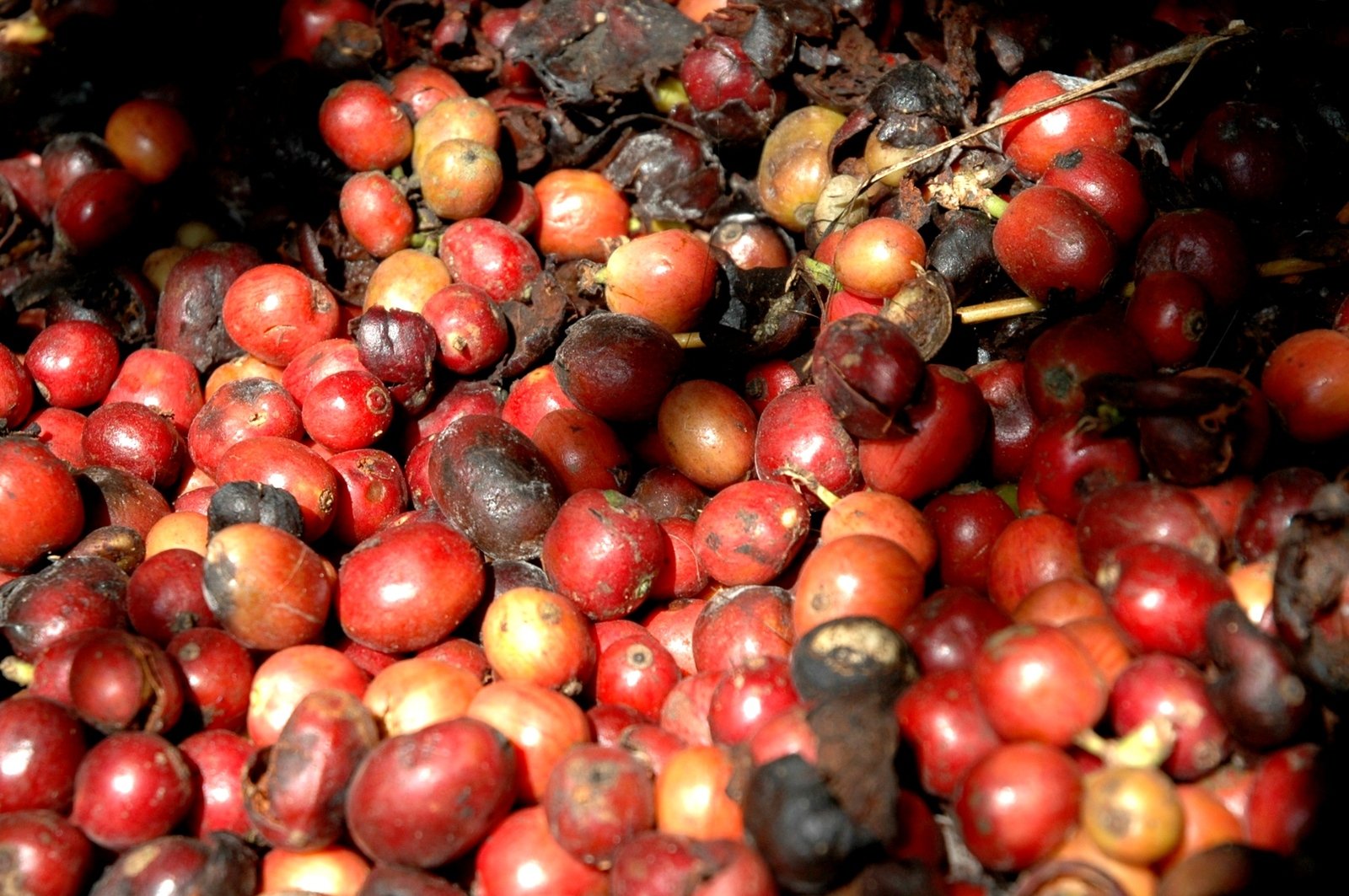
freeimages/garytamin
Kopi luwak is made from the beans of coffee berries that have been eaten and excreted—yes, you read that right!—by the Asian palm civet. To make this coffee, the civets are typically snatched from their homes in the forest to be imprisoned in tiny, barren cages. They’re deprived of everything that is natural and important to them, including freedom, exercise, space, and even a proper balanced diet.
The worst part of this cruel industry? It’s fuelled by that offer samplings and by the exportation of the coffee to other parts of the world. A kopi luwak sampling may sound like an exotic “When in Rome” kind of experience, but drinking civet coffee is just plain cruel.
And it’s not just civets who suffer when tourists are tricked into thinking a cruel beverage or dish is a “local delicacy.” Eating a snake’s still-beating heart and drinking the animal’s blood at tourist stops in Vietnam is called cruel , and it’s an activity sought out mostly by tourists. The same goes for foie gras in France, where the majority of locals disagree with the force-feeding of ducks and geese.The best way to travel with compassion? Eat vegan.
6. Swimming with dolphins
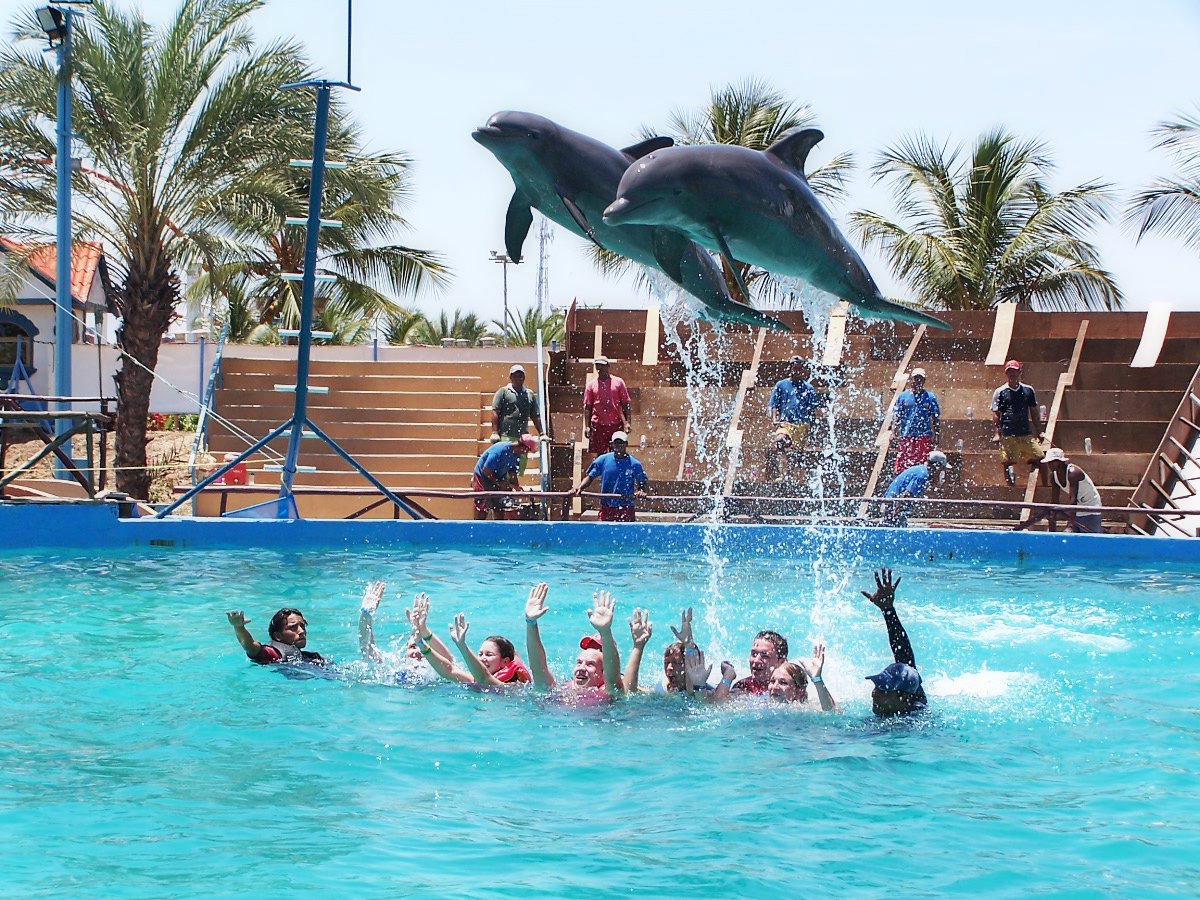
freeimages.com/GSchoutendeJel
Just because dolphins look like they’re smiling doesn’t mean that they’re happy to be stuck in tourist-infested tanks, away from their ocean homes, and forced to swim and interact with humans. Being confined to cramped tanks and harassed all day long can be extremely traumatic for dolphins, who are social and intelligent animals who naturally swim up to 60 miles a day with their families when they’re in their ocean homes. Many dolphins develop painful conditions, such as stomach ulcers, and most die prematurely from the stressful conditions of captivity.
7. Fish pedicure
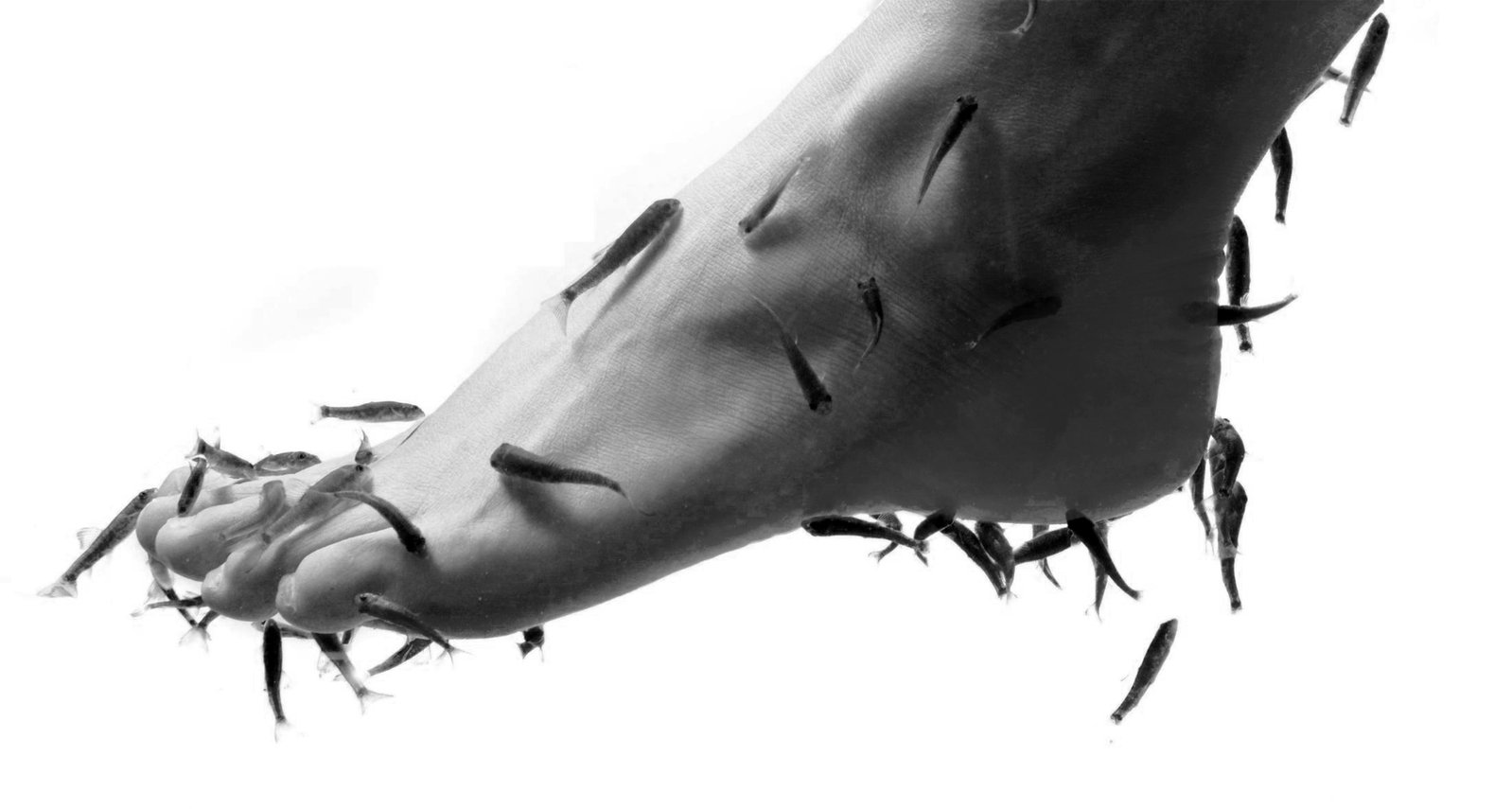
freeimages.com/ujahabdul
Yes, it’s a thing, and it’s as gross and cruel as it sounds. Some U.S. states have already banned fish pedicures, and legislation for additional bans is pending in other American states. The fish used in these pedicures are starved so that they’re hungry enough to eat the flesh off human feet. And the fish are ultimately discarded as if they were used-up emery boards, not living beings.
8. Zoos
No zoo or aquarium can begin to replicate animals’ natural homes. Tanks and cages are no place for animals who roam hundreds of miles a day when in the wild. These places teach people that it’s acceptable to interfere with animals and keep them locked up in captivity, where they’re bored, cramped, lonely, and denied all control over their lives. Definitely not a good lesson to teach the kiddos. If you want to observe animals, consider visiting or volunteering at a genuine rescue sanctuary (where contact with wild animals is not allowed and animals are not kept in cages or chains) or an animal shelter run by a reputed NGO. Take photos of sea lions sunbathing in their natural habitat. Go to non-animal circuses, drink local vegan wine, go dancing, go to museums, and more. Connect with other vegans over social media groups and then meet and greet your tribe when you get there.
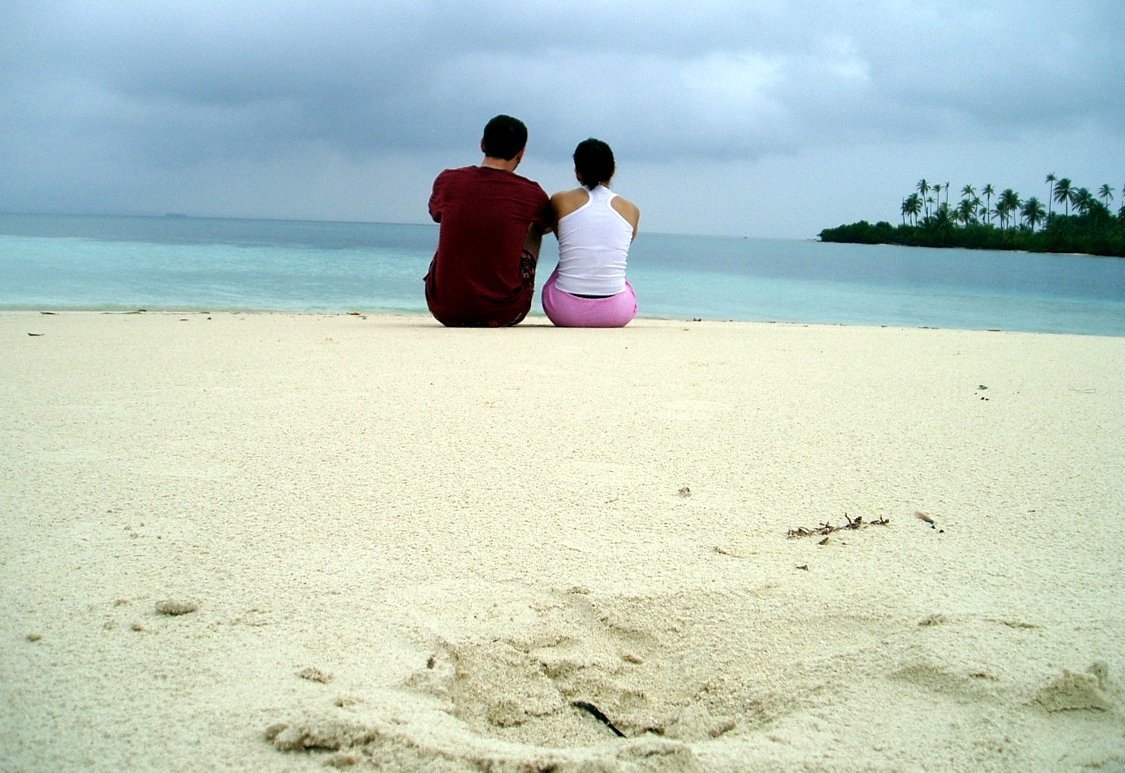
freeimages.com/MurielMirallesdeSawicki
Really, the possibilities for a compassionate vacation are limited only by how great your commitment is to keeping animal suffering out of your itinerary.








